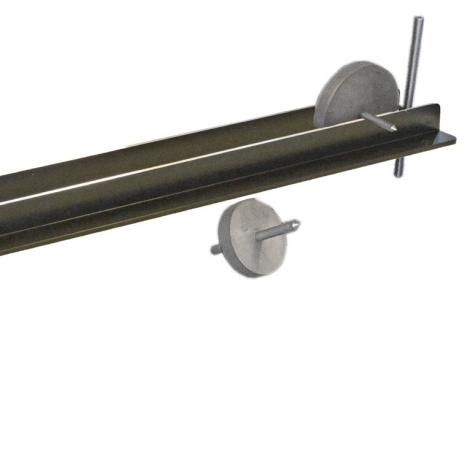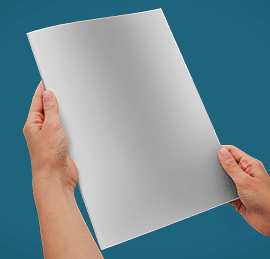The moment of inertia of a rolling object is the rotary analogy of mass and governs the rotary acceleration. It can be determined in three ways; by rolling, oscillation or direct calculation. All should ideally give the same result but the student can be introduced to differences caused by different experimental techniques
A pair of rails form an inclined track for a disc rolling on a spindle through its centre. The inclination of the track can be readily altered by raising an end fitted with a height bar. Two discs are supplied each with different size and weight. This enables two moments of inertia to be used and calculated. The moments of inertia of the discs are determined from the time taken for the disc to roll down the slope.
An alternative method for finding the moment of inertia is using an oscillating pendulum in which the disc spindles are supported on a knife edge and a pendulum is attached to the shaft. The moments of inertia are estimated from the periodic time of the assembly.
Finally, the third method is direct measurement and calculation.


